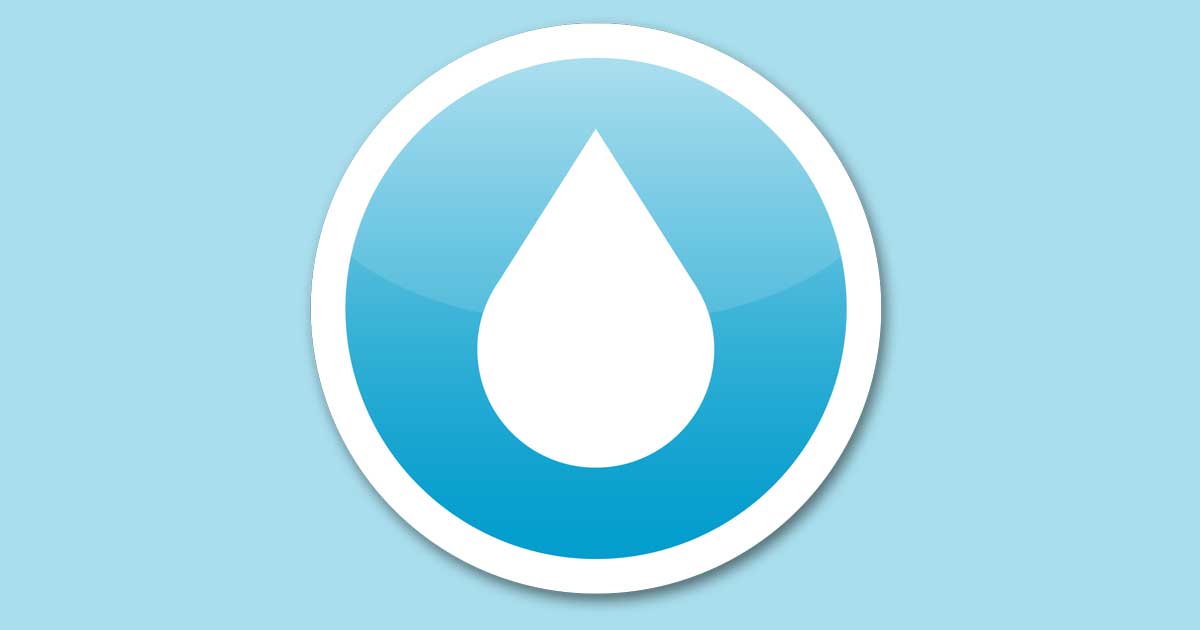Back to School: The Importance of Hydration for Students
August 01, 2025

As the back-to-school season kicks into full gear, students and families are gearing up for another year of learning, growth, and new experiences. Along with packing lunchboxes, organizing school supplies, and setting new goals for the year, there’s one crucial element that often gets overlooked - hydration.
Staying properly hydrated is essential for both physical and mental well-being, especially during the busy and sometimes stressful school year.
Why Hydration Matters for Students
- Boosts Brain Function and Focus - The brain is made up of about 75% water, and staying hydrated is essential for maintaining mental clarity and focus. Dehydration can cause fatigue, difficulty concentrating, and even headaches—all of which can disrupt a student’s ability to absorb and retain information. Drinking enough water throughout the day helps improve cognitive function, memory, and alertness, giving students the mental edge they need to succeed in class.
- Supports Physical Health and Energy - School days can be long, with lots of activities and physical exertion. Hydration is essential for maintaining energy levels, especially for students who are involved in sports, after-school clubs, or other physical activities. Water helps regulate body temperature, prevent muscle cramps, and keep students feeling energized so they can stay active and focused during class and extracurricular activities.
- Enhances Mood and Reduces Stress - Staying hydrated helps balance the body’s systems and contributes to emotional well-being. Dehydration can lead to irritability, mood swings, and heightened stress, which can impact a student’s performance and relationships with peers and teachers. Proper hydration can help students manage stress, stay calm during exams, and enjoy a positive attitude throughout the school day.
- Improves Digestion and Prevents Illness - Water helps with digestion, nutrient absorption, and toxin removal from the body. Students who drink enough water are less likely to experience digestive issues, like constipation or bloating, which can be distracting during school hours. Hydration also supports the immune system, making it easier to fight off colds and illnesses that can spread easily in school environments.
- Supports Healthy Skin - Students spend long hours in school, and dry indoor air or the stress of schoolwork can take a toll on skin. Hydration is key to maintaining healthy, glowing skin. Drinking water regularly helps keep skin moisturized, flushes out toxins, and can even reduce the likelihood of breakouts, ensuring students feel confident and comfortable throughout the day.
Hydration Tips for Back to School
As students head back to class, here are some practical tips to help them stay hydrated throughout the school day:
- Pack a Reusable Water Bottle - Encourage your child to carry a reusable water bottle to school each day. Having it within easy reach will serve as a constant reminder to drink. Many schools even have water stations where students can refill their bottles throughout the day.
- Make Hydration Fun - Make drinking water more exciting by adding natural flavors. Infuse water with fruits like lemon, strawberries, or cucumber to make it more appealing. You can also try hydrating drinks like coconut water or flavored water to give kids more options.
- Set Hydration Breaks - Help students develop a hydration routine by encouraging short water breaks during study sessions. This is especially important for older students who may get caught up in homework or studying and forget to drink enough water.
- Hydrate Before and After Physical Activities - Whether it’s PE class, sports practice, or a long walk between classes, it’s important for students to hydrate before, during, and after physical activities. This helps replenish fluids lost through sweat and supports physical performance.
- Teach Them the Signs of Dehydration - Educate students about the signs of dehydration, such as dark yellow urine, dry mouth, dizziness, and fatigue. Encourage them to drink water whenever they feel thirsty or experience any of these symptoms.
Hydration for Academic Success
As we get back into the swing of school, it’s important to remember that hydration is a cornerstone of both physical and mental health. By making hydration a priority, students can improve focus, stay energized, and stay healthy throughout the school year. Water is a simple, affordable tool that can support academic success and overall well-being.
So this back-to-school season, don’t forget to pack that extra bottle of water in the backpack and remind students to sip throughout the day. Proper hydration is a key ingredient for a successful school year!
Cheers to a hydrated and successful year ahead!
Resources:
10 Back-to-School Tips for Your Best Year Yet
7 Healthy Hydration Habits to Take Back to School This Year
Summer Hydration: What Should Kids be Drinking in the Summer?
Want to Learn More?
